Ancient MesoAmerica News Updates 2007, No. 60: Utah & Arizona - DNA Shows Western Basketmakers Have Central American Origin
On August 22, 2007, the daily online news service ScienceNOW, hosted by Science Magazine, reported on recent DNA research performed on 2000-year-old quids as well as aprons, produced and worn by members of the enigmatic Western Basketmaker culture. This DNA research shows that the Western Basketmakers have a Central American origin, which fits earlier suggestions that they came from Central Mexico to northern Utah and southern Arizona (edited by MNU):
Ancient Chewing Gum Yields DNA - Steven LeBlanc has been dreaming about ancient DNA for several decades, but he never had any luck extracting it from museum artifacts. Then, a few years ago, LeBlanc, an archaeologist and collections manager at Harvard University's Peabody Museum in Cambridge, Massachusetts, had a brainstorm. He was staring at drawers full of quids--wads of plant material chewed by ancient Native Americans--when he realized, "Quid ... saliva ... DNA ... DING!"
Following the Idea - In the September Journal of Field Archaeology, LeBlanc and several co-authors report that they have recovered DNA from 2000-year-old quids, as well as from aprons worn by Native Americans. The quids and aprons belonged to a vanished tribe that archaeologists call the Western Basketmakers. Between about 500 B.C.E. and 500 C.E., they lived in caves and rock shelters in what is now southern Utah and northern Arizona. Dry conditions are ideal for preserving DNA, and researchers have previously extracted ancient DNA from skeletons and feces of both humans and animals (see online report at ScienceNOW for 16 July 1998).
After getting the idea to test quids, LeBlanc teamed up with Thomas Benjamin, a cancer biologist at Harvard Medical School in Boston, Massachusetts, and other researchers. They pulled mitochondrial DNA from 48 quids and from 18 aprons that had been stained with what was likely menstrual blood. Then they scanned the DNA for various molecular markers called haplogroups, which appear in different frequencies in different parts of the world.
Haplogroup A - LeBlanc and his colleagues found that about 14% of these samples contained haplogroup A. This haplogroup is extremely rare in the Southwest, but it occurs in about half of the population of Central America. The intermediate frequency in the sample of Western Basketmakers fits with the idea that they migrated from somewhere in central Mexico, bringing agriculture into the turf of foragers. The results were confirmed by a second laboratory, and LeBlanc says the absence of European haplogroups rules out the possibility of contamination.
Collections and Further Research - The larger conclusion is that museum artifacts can provide a new source of data. Quids are common in collections, notes Connie Mulligan of the University of Florida, Gainesville, although aprons less so. Next, the team hopes to sample other textiles, samples, and cigarettes made from hollow reeds. "It's a neat and novel application," says Anne Stone, an ancient DNA expert at Arizona State University in Tempe. She notes that testing artifacts may be especially important when Native American tribes are reluctant to allow sampling of their ancestors' skeletons (written by Erik Stokstad/ScienceNOW Daily News; source
Following the Idea - In the September Journal of Field Archaeology, LeBlanc and several co-authors report that they have recovered DNA from 2000-year-old quids, as well as from aprons worn by Native Americans. The quids and aprons belonged to a vanished tribe that archaeologists call the Western Basketmakers. Between about 500 B.C.E. and 500 C.E., they lived in caves and rock shelters in what is now southern Utah and northern Arizona. Dry conditions are ideal for preserving DNA, and researchers have previously extracted ancient DNA from skeletons and feces of both humans and animals (see online report at ScienceNOW for 16 July 1998).
After getting the idea to test quids, LeBlanc teamed up with Thomas Benjamin, a cancer biologist at Harvard Medical School in Boston, Massachusetts, and other researchers. They pulled mitochondrial DNA from 48 quids and from 18 aprons that had been stained with what was likely menstrual blood. Then they scanned the DNA for various molecular markers called haplogroups, which appear in different frequencies in different parts of the world.
Haplogroup A - LeBlanc and his colleagues found that about 14% of these samples contained haplogroup A. This haplogroup is extremely rare in the Southwest, but it occurs in about half of the population of Central America. The intermediate frequency in the sample of Western Basketmakers fits with the idea that they migrated from somewhere in central Mexico, bringing agriculture into the turf of foragers. The results were confirmed by a second laboratory, and LeBlanc says the absence of European haplogroups rules out the possibility of contamination.
Collections and Further Research - The larger conclusion is that museum artifacts can provide a new source of data. Quids are common in collections, notes Connie Mulligan of the University of Florida, Gainesville, although aprons less so. Next, the team hopes to sample other textiles, samples, and cigarettes made from hollow reeds. "It's a neat and novel application," says Anne Stone, an ancient DNA expert at Arizona State University in Tempe. She notes that testing artifacts may be especially important when Native American tribes are reluctant to allow sampling of their ancestors' skeletons (written by Erik Stokstad/ScienceNOW Daily News; source




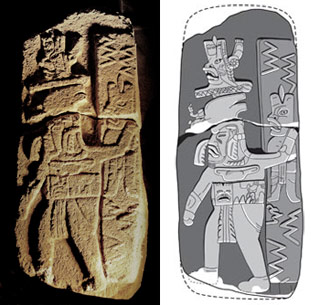




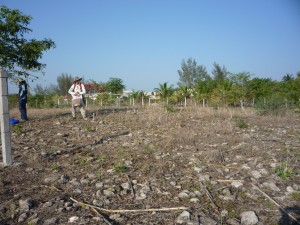



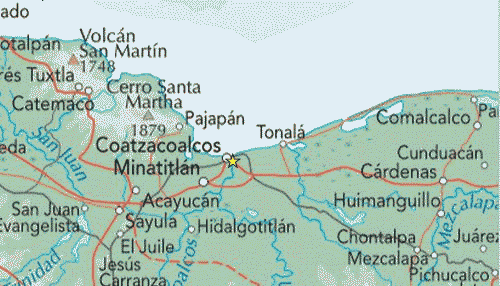




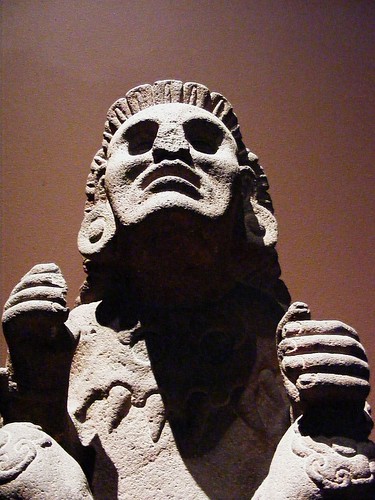






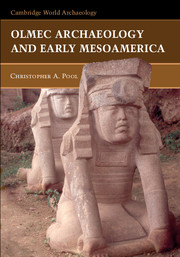






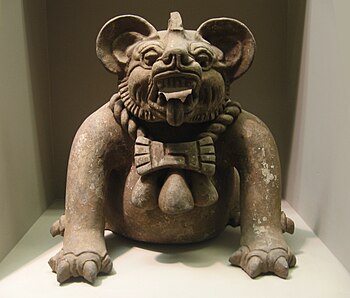

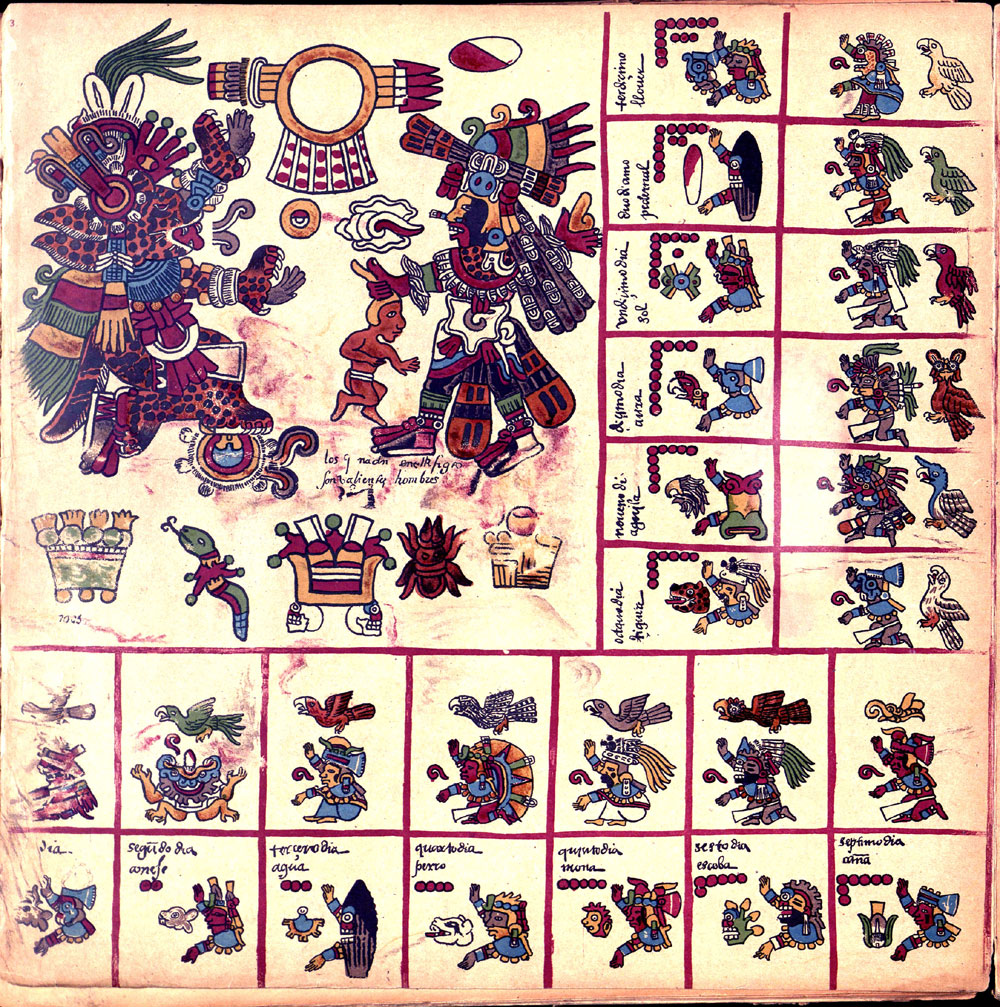

0 Comments:
Post a Comment
Subscribe to Post Comments [Atom]
<< Home